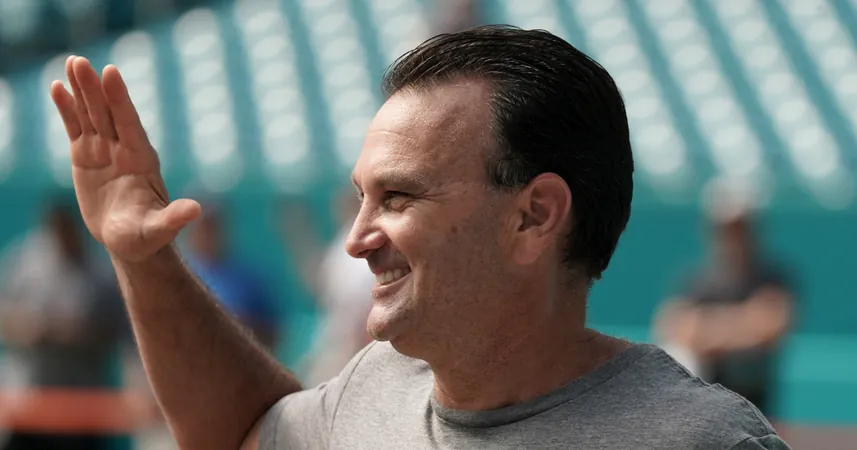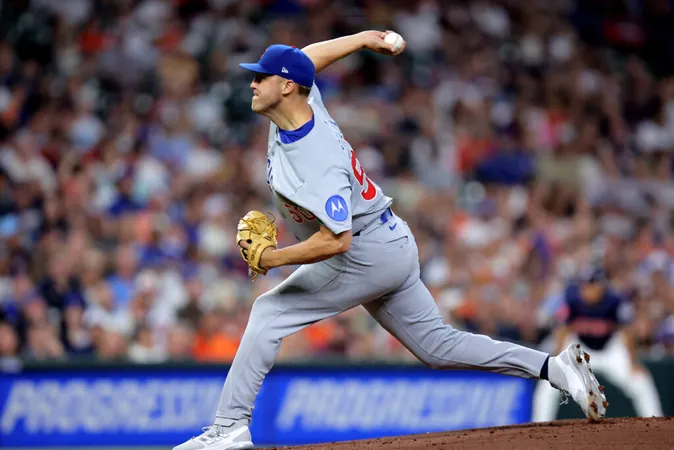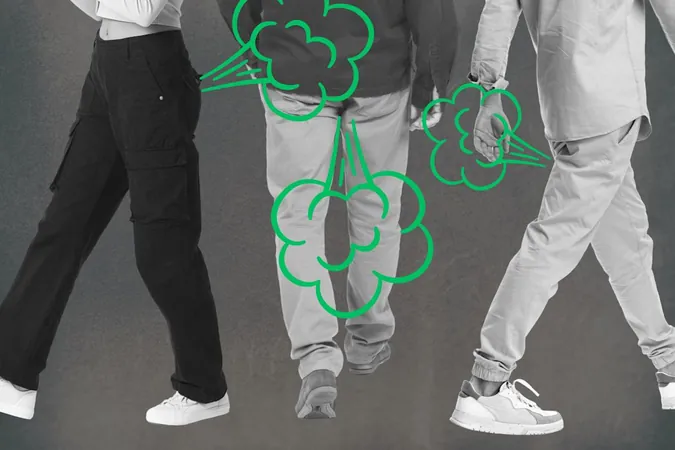
Drew Rosenhaus Advocates for NIL Structure Amid College Football Turmoil: What’s Next for the Game?
2025-01-09
Author: Chun
Introduction
Drew Rosenhaus, the influential owner of Miami-based sports agency Rosenhaus Sports, has made waves in the world of professional sports, negotiating over $7 billion in NFL contracts over the past 30 years. Now, as the landscape of college football shifts dramatically with the rise of name, image, and likeness (NIL) deals, Rosenhaus is diving headfirst into the collegiate arena, pushing for transparency and structure in what he sees as a chaotic system.
Evolving Landscape of College Football
On a recent episode of The Pat McAfee Show, Rosenhaus shed light on the evolving landscape of college football, particularly how NIL deals and the transfer portal have reshaped the recruitment process. "It's a completely different world than when we initially recruited players," he noted. "In the past, we would engage with players during their junior or senior years, but now the focus has shifted to high school athletes." He illustrated this shift with the example of Mason Graham, a freshman at the University of Michigan whom his agency represents. Rosenhaus emphasized the importance of starting early in the recruitment process, as top prospects now have the ability to secure deals and representation at a much younger age.
NIL Contracts and Professional League Environment
Rosenhaus described the current state of NIL contracts as akin to a professional league environment where college players are treated like professionals. "NIL deals are year-to-year contracts, which means players essentially experience free agency each year, without a salary cap or any specific rules governing these transactions," he explained with enthusiasm. "I support the players; it's their time to shine."
The Need for Standardized System
However, as the chaos continues, McAfee pointed out the urgent need for a standardized system within college football, something that Rosenhaus strongly endorsed. "Absolutely," he affirmed. "Every professional league has rules and structure. Look at the NFL – there's a salary cap, we have a structured draft process, waivers, and trade deadlines. None of this exists in college football right now, leading to rampant chaos."
Revenue Sharing and Future of College Athletics
The prospect of revenue-sharing for student-athletes may soon bring some of that chaos to an end. Estimates suggest that Power 5 programs could receive around $20.5 million annually from the NCAA to distribute among their players. This influx of funds could lead to a more organized and transparent system, fostering better communication between athletes, agents, schools, and NIL collectives, which is crucial for the future of college athletics.
Conclusion
As we navigate this transformative era in college football, the call for clarity and fairness is louder than ever. Rosenhaus's insights underscore the necessity for a structured approach that benefits not only the players but also the integrity of the sport itself. Will we see these changes implemented soon? Only time will tell, but the conversation has certainly begun.


 Brasil (PT)
Brasil (PT)
 Canada (EN)
Canada (EN)
 Chile (ES)
Chile (ES)
 Česko (CS)
Česko (CS)
 대한민국 (KO)
대한민국 (KO)
 España (ES)
España (ES)
 France (FR)
France (FR)
 Hong Kong (EN)
Hong Kong (EN)
 Italia (IT)
Italia (IT)
 日本 (JA)
日本 (JA)
 Magyarország (HU)
Magyarország (HU)
 Norge (NO)
Norge (NO)
 Polska (PL)
Polska (PL)
 Schweiz (DE)
Schweiz (DE)
 Singapore (EN)
Singapore (EN)
 Sverige (SV)
Sverige (SV)
 Suomi (FI)
Suomi (FI)
 Türkiye (TR)
Türkiye (TR)
 الإمارات العربية المتحدة (AR)
الإمارات العربية المتحدة (AR)